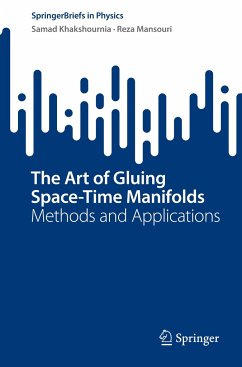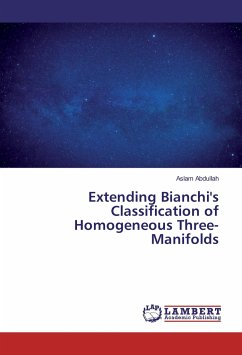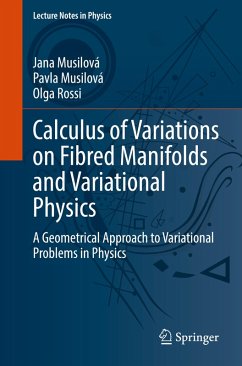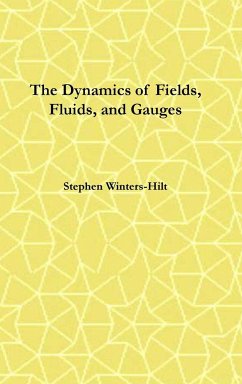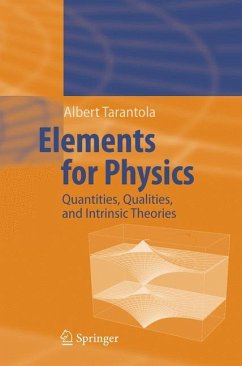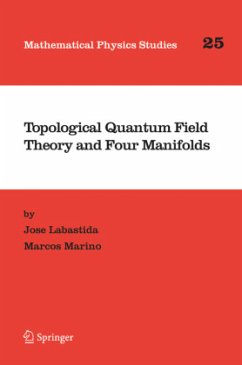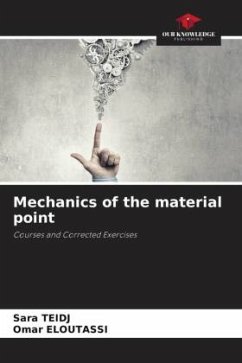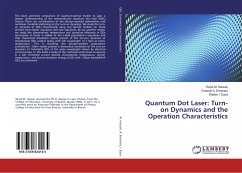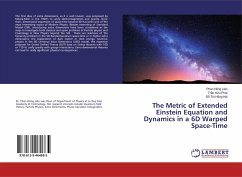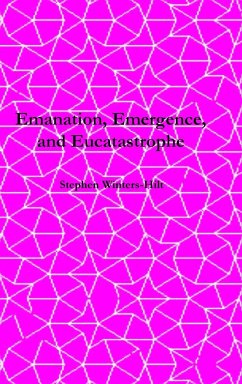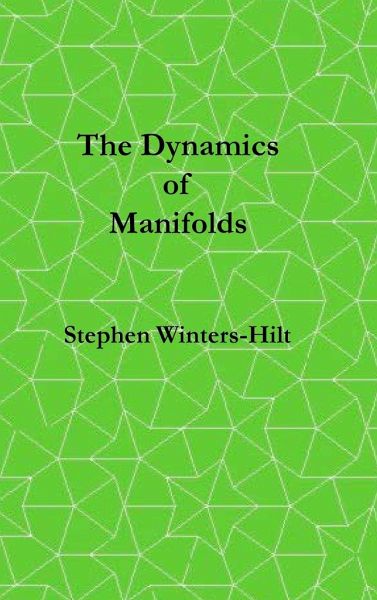
The Dynamics of Manifolds
Book 3 of Physics from Maximal Information Emanation
Versandkostenfrei!
Versandfertig in 1-2 Wochen
85,99 €
inkl. MwSt.

PAYBACK Punkte
43 °P sammeln!
Geometrodynamics, or full General Relativity, is considered in this book, #3 of the Series. We start with a review of manifolds and introductory topology definitions. Derivation of Einstein's equations from the Hilbert Action is then done. The Cartan Method is used extensively to simplify analysis. The ADM and FNC formalisms are then described. The ADM formalism describes the evolution on a space-like foliation of the space-time, where that foliation is described in terms of a metric formulation in terms of "lapse" and "shift" function. The FNC formalism involves a geodesic path described in t...
Geometrodynamics, or full General Relativity, is considered in this book, #3 of the Series. We start with a review of manifolds and introductory topology definitions. Derivation of Einstein's equations from the Hilbert Action is then done. The Cartan Method is used extensively to simplify analysis. The ADM and FNC formalisms are then described. The ADM formalism describes the evolution on a space-like foliation of the space-time, where that foliation is described in terms of a metric formulation in terms of "lapse" and "shift" function. The FNC formalism involves a geodesic path described in terms of an observer's proper time. A number of specialized problems are then explored with the tools developed. The full GR solution for a dust shell will be carefully analyzed and reparametrized to have the classical formulation for which a quantization is most likely to succeed. The actual quantization analysis will then be done in Book 4 of the Series. (In Book 4 it will be shown that the shell minisuperspace quantization sees key geometric parameters as externally-set boundary conditions, so effectively "classical" or "apparatus" parameters). Geodesics are then examined for geometries with closed time-like curves (CTCs), for which divergent blue-shifting is found (the prevention of which is conjectured in Hawking's Chronology Protection conjecture). A brief recounting of the Penrose Singularity theorem is also given. A variety of Black Hole geometries are also examined. Cosmological GR derivations are then done and consistency with astrophysical observations places limits on both its large-scale cosmological evolution, but also in terms of the numbers of species of fundamental particles that can exist (thus constraining the form of the extended standard model that is discussed in Book 5). Thus, this text explores the "boundaries" of the theory in the sense of: (i) actual boundaries terms on the choice of the Action; (ii) boundaries due to singularities and causal domains (the Black hole problems); (iii) boundaries on allowable geodesic topologies (e.g., CTCs forbidden); and (iv) from the cosmological theory, with constraints on particle species and existence of dark matter. Derivations are shown in detail, throughout the text, as an instructional aid.





